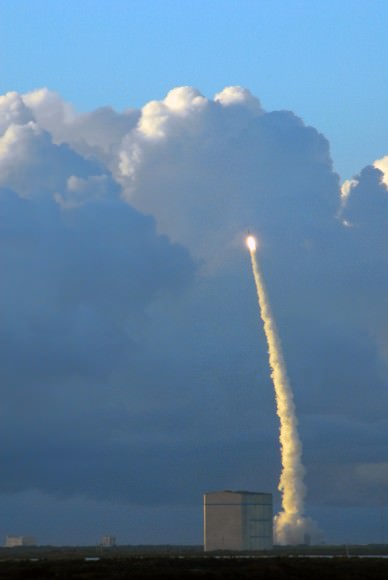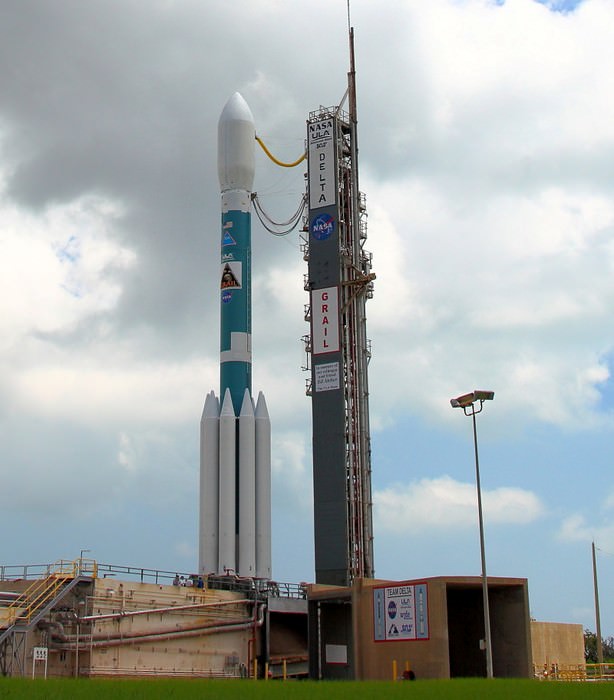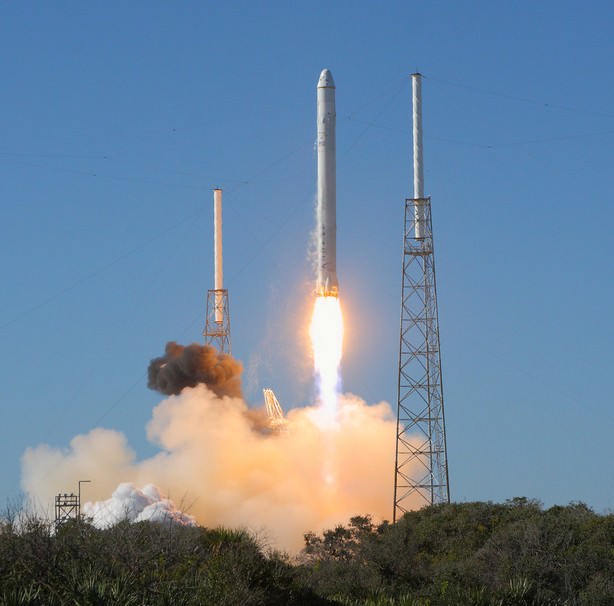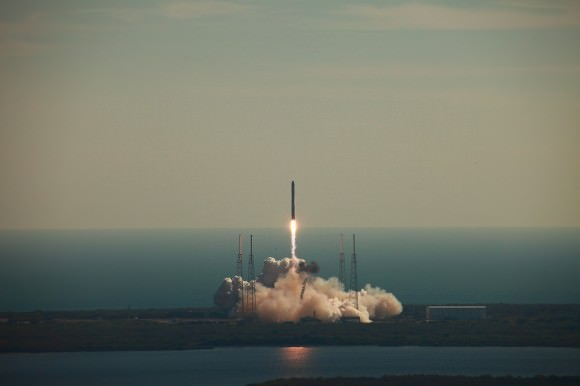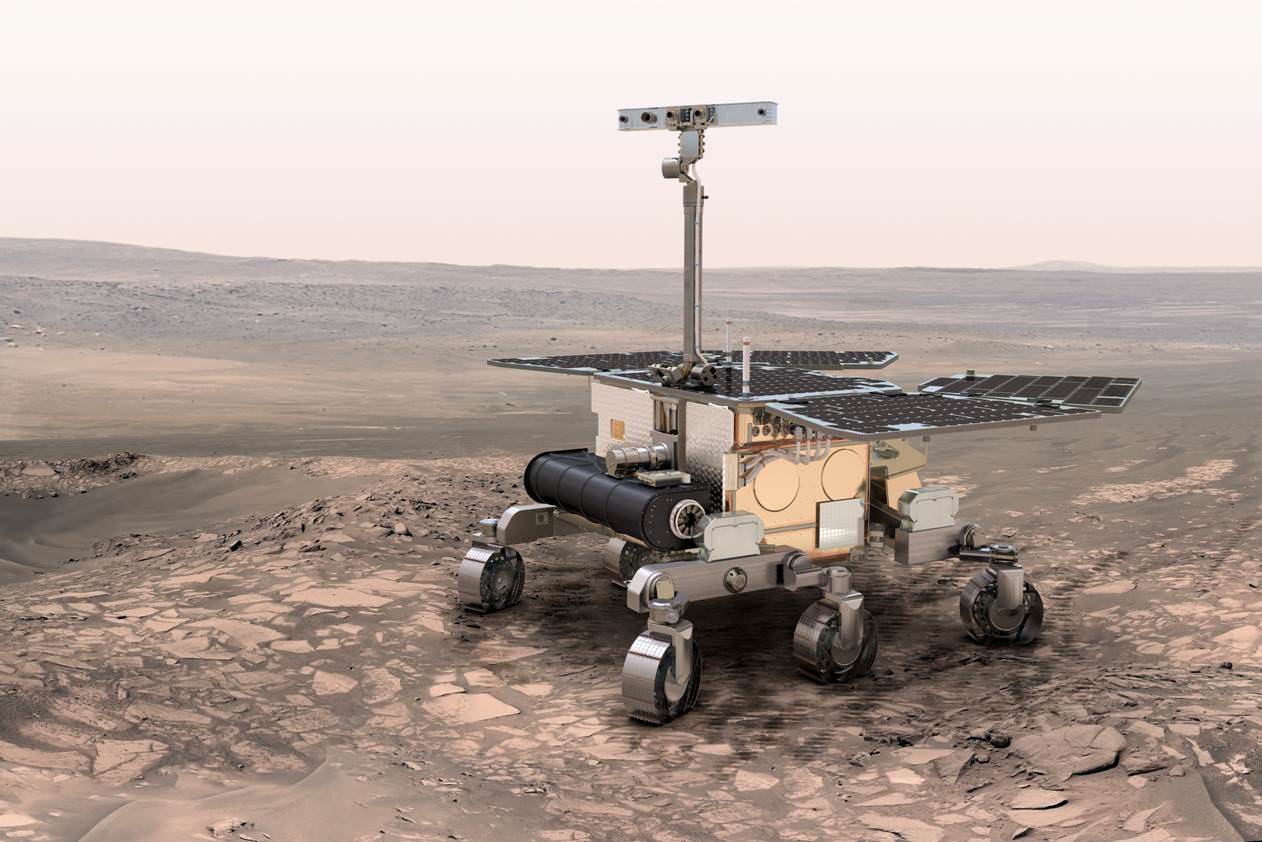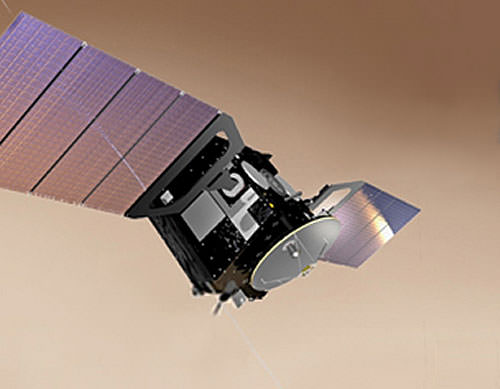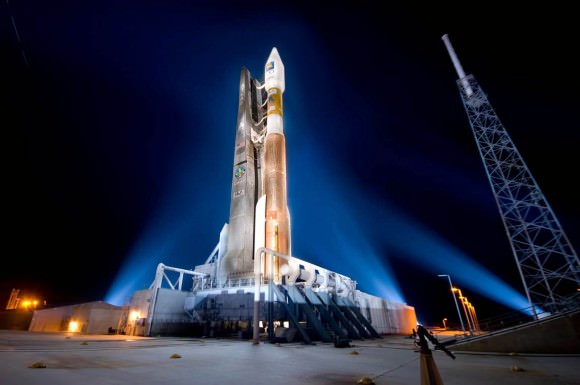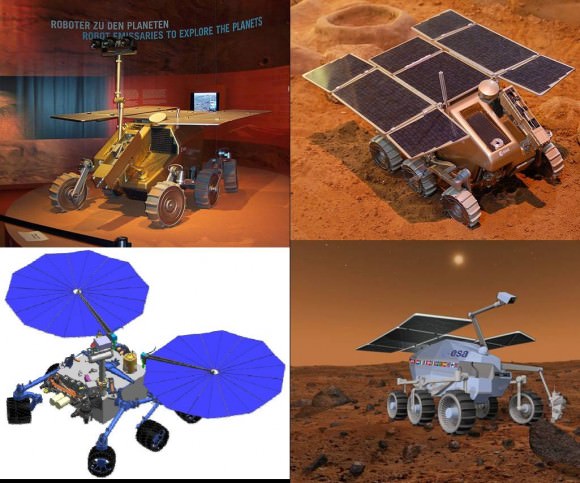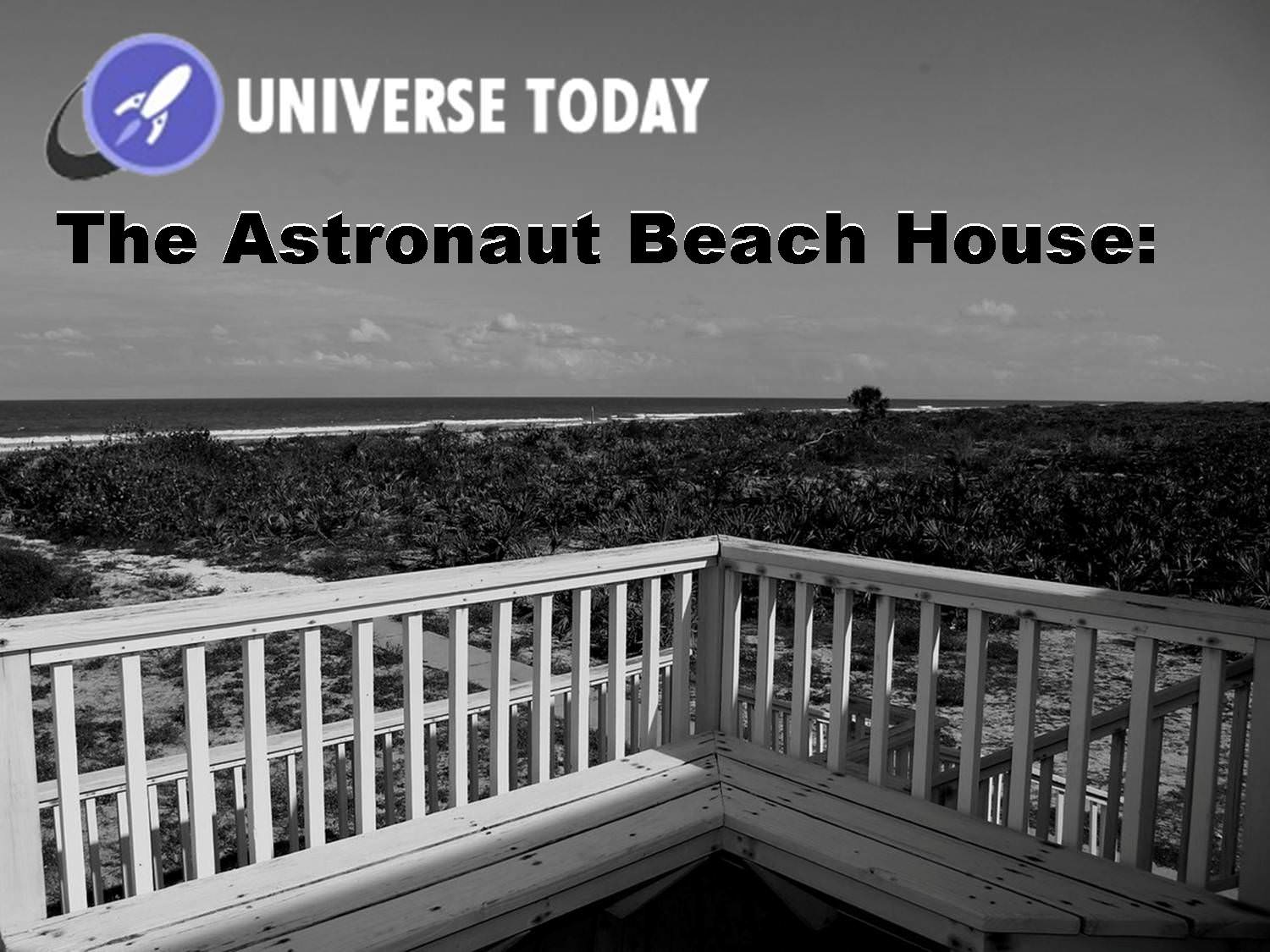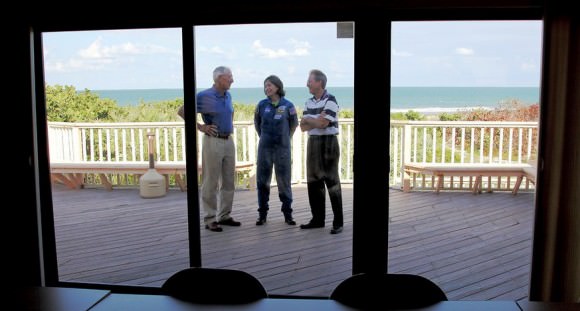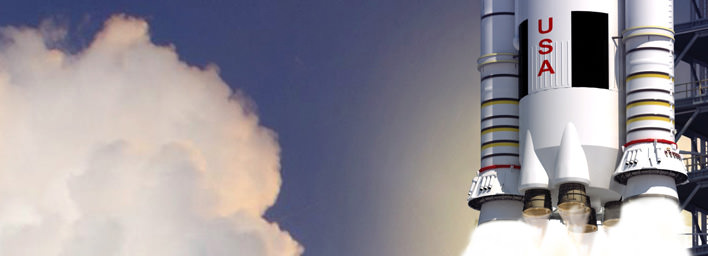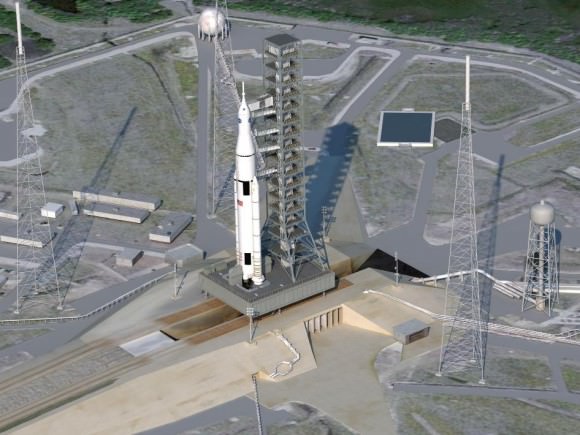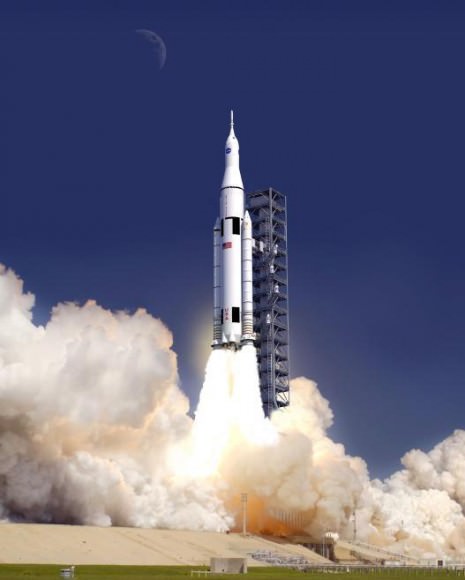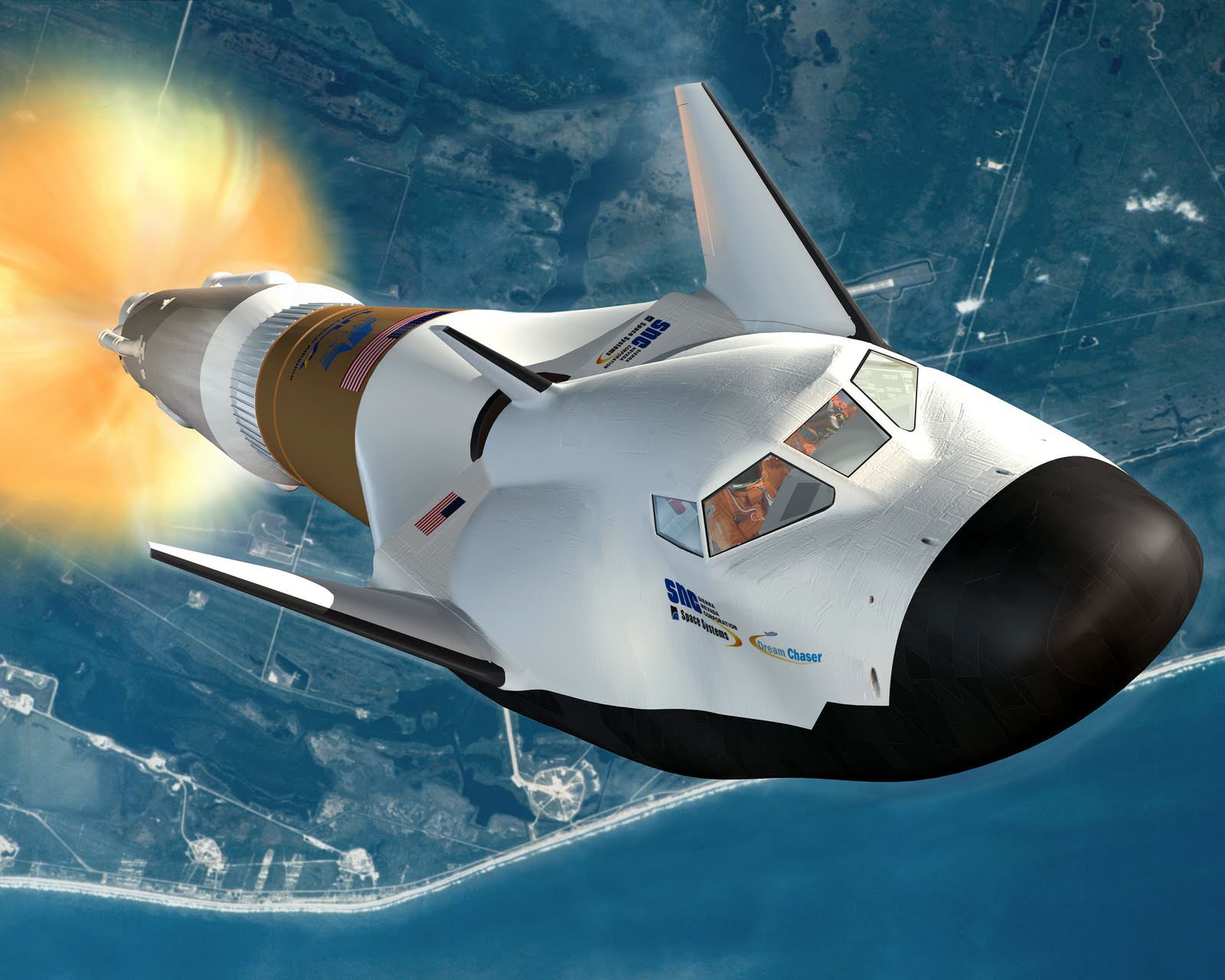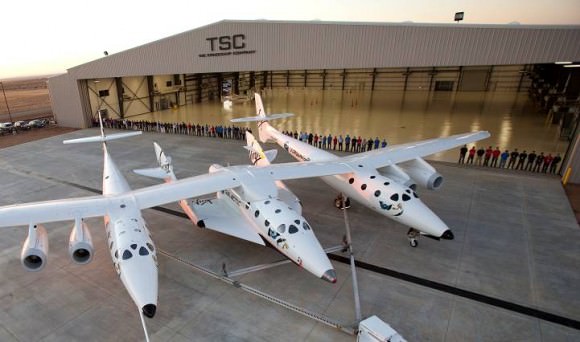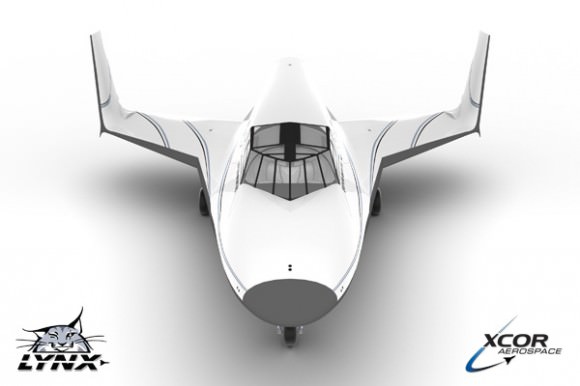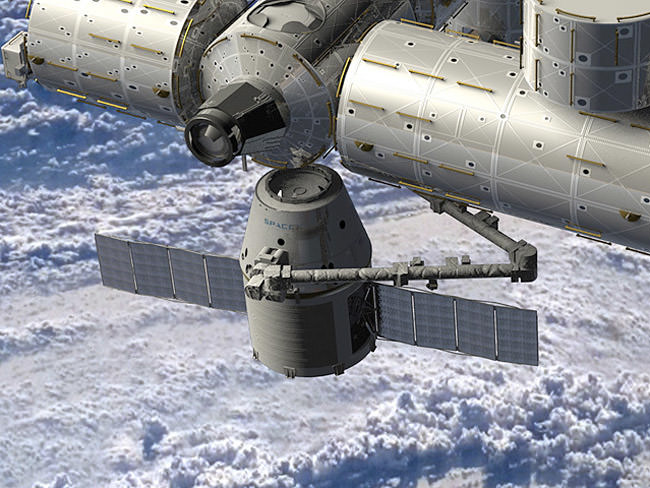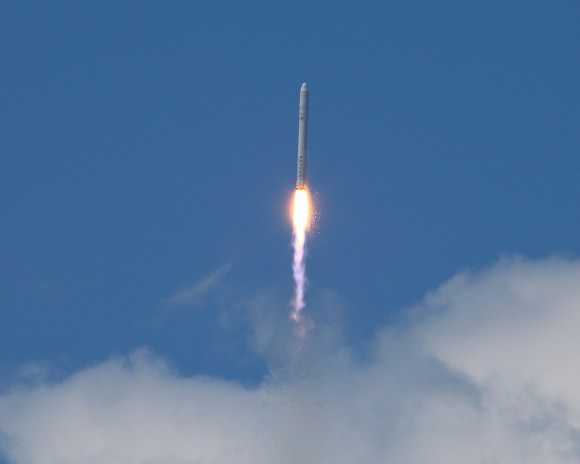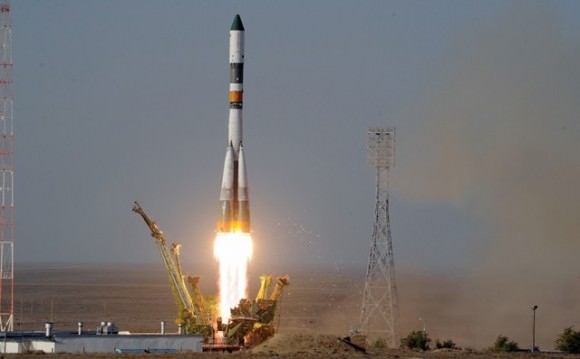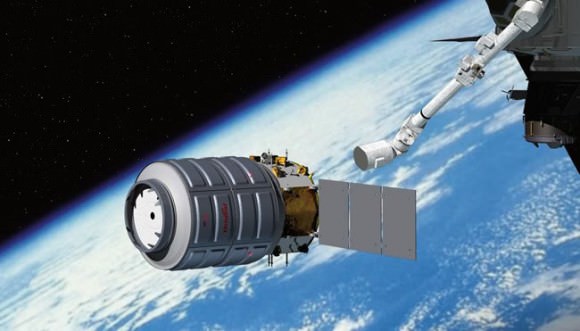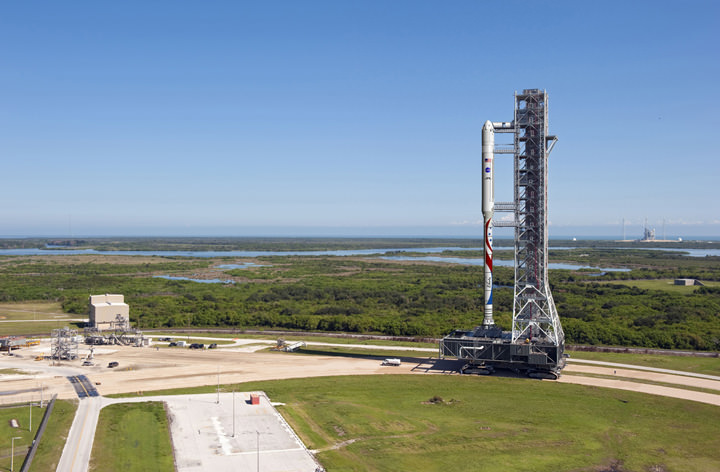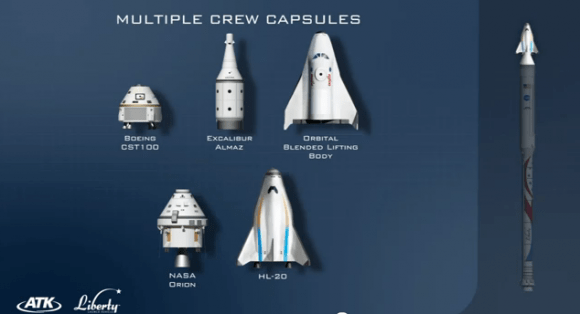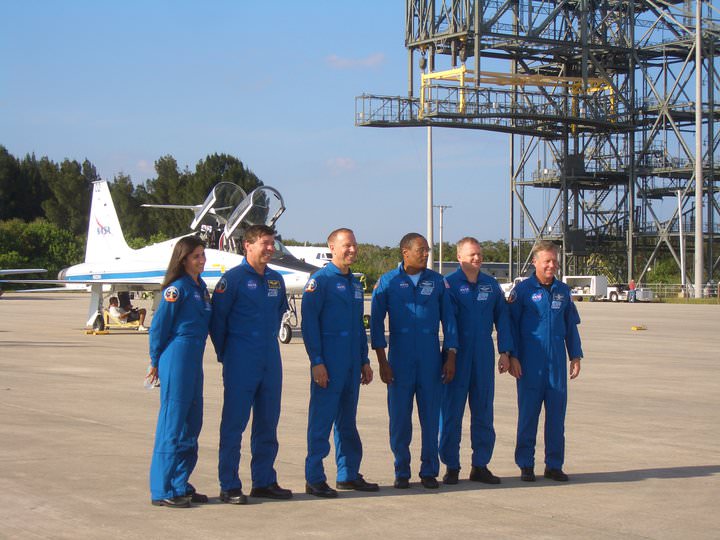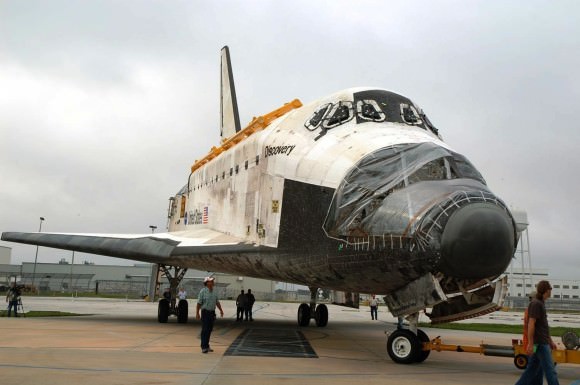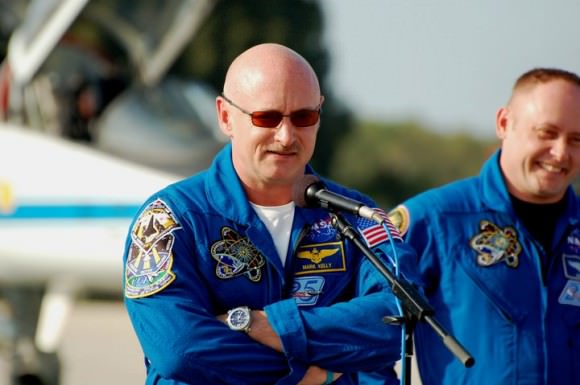[/caption]
NASA announced that it has added the Delta II rocket, a launch vehicle that appeared to be slipping into history, to the NASA Launch Services (NLS) II contract. The Delta II, produced by United Launch Alliance, is one of the most successful expendable launch vehicles that has ever been produced.
This modification of the contract will allow ULA to add the Delta II rocket as part of the contract’s on-ramp provision. The modification allows United Launch Services to offer as much as five Delta II rockets.
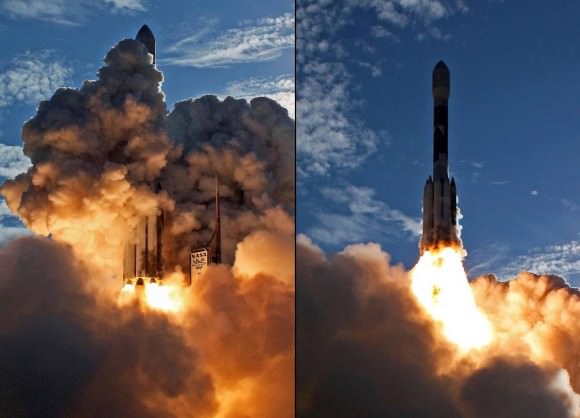
“We are extremely pleased NASA has added the reliable Delta II to the NLS II contract and look forward to continuing the legacy of the program,” said Michael Gass, ULA’s president and CEO. “ULA has demonstrated its ability to fully integrate Atlas V, Delta IV and Delta II product lines allowing us to continue offering medium launch capability at the best value for our customers.”
The Delta II rocket, in its various configurations has been launched 150 times and has a success rate of 98.7 percent. The one notable failure was the 1997 launch of a U.S. Air Force Global Positioning IIR-1 satellite (GPS IIR-1). Within 13 seconds of launch the Delta II exploded causing severe destruction to the surrounding area. The cause of this mishap was determined to be a crack within one of the GEM-40 solid rocket boosters that are affixed to the base of the Delta II.
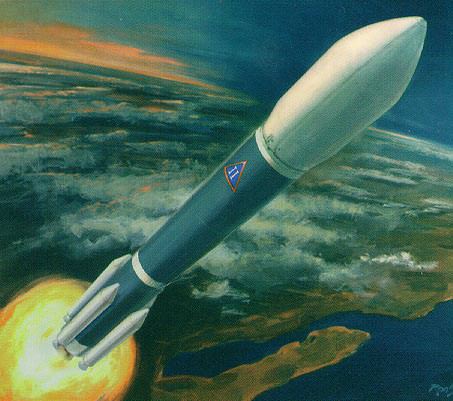
“While we count success one mission at a time, we have been able to count on the Delta II’s success 96 times in a row over the last decade,” Gass said. “This is a tribute to our dedicated ULA employees, our supplier teammates and our NASA Launch Services Program customer who ensures mission success is the focus of each and every launch.”
The planetary science missions that the rocket has sent into space reads like a “Who’s Who” of space exploration missions. The Mars Exploration Rovers Spirit and Opportunity, Mars Phoenix Lander, Genesis, Stardust, Mars Pathfinder, Mars Global Surveyor, Messenger, Deep Impact, Dawn, Kepler, Wise and the recent GRAIL mission to the Moon – all thundered to orbit atop a Delta II.
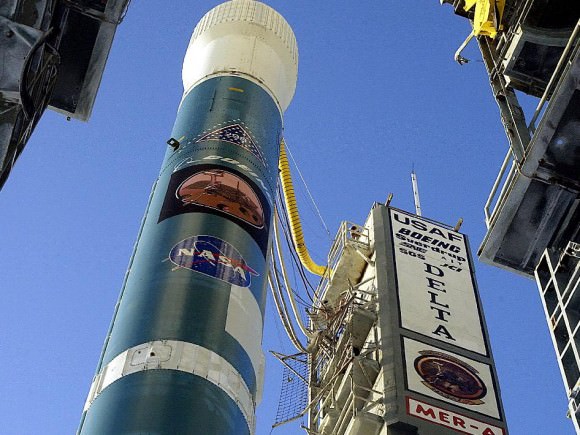
ULA’s next planned launch of a Delta II will carry the NPOESS Preparatory Project (NPP) mission for NASA. It is currently slated to launch Oct. 25, 2011 from Space Launch Complex-2 at Vandenberg Air Force Base, located in California. ULA launches from both Vandenberg as well as Cape Canaveral Air Force Station, located in Florida.
While this change does allow for at least five more launches of the Delta II, after those launches, the rocket will no longer be utilized and will be phased out of service.
The NLS II contracts are designed to provide for payloads weighing about 550 pounds or more to be sent to a minimum 124-mile-high circular orbit. The launch service providers signed into these contracts also may offer different launch vehicles to NASA to meet other requirements. NASA can also provide launch services to other agencies, such as the National Oceanic and Atmospheric Administration or NOAA.
